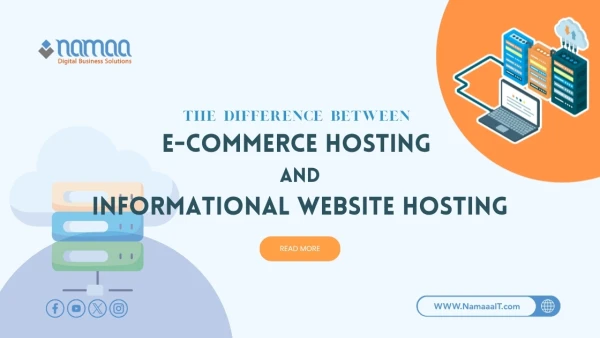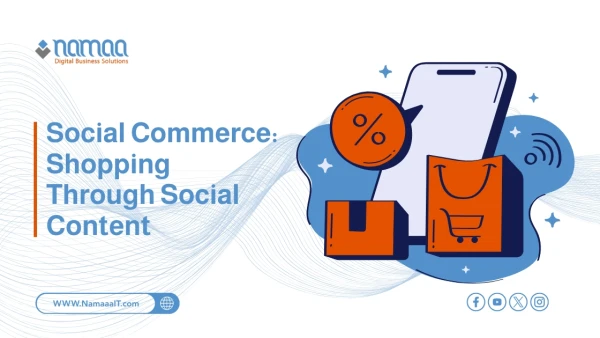Commerce through augmented and virtual reality represents a revolutionary shift in the world of digital shopping. It goes beyond traditional 2D images to offer an immersive and interactive experience. What was once science fiction has now become a necessity for eCommerce businesses striving to stay competitive. By allowing customers to preview products in their real environment or explore virtual showrooms, these technologies help increase sales and reduce return rates. Integrating AR and VR into eCommerce platforms is no longer a luxury—it's a strategic investment in building stronger customer relationships and meeting evolving expectations in the digital age.
What Are AR and VR Technologies in eCommerce?
Augmented Reality (AR) and Virtual Reality (VR) are transformative tools in modern eCommerce. They go beyond conventional product images and videos to deliver an interactive and engaging shopping experience.
Augmented Reality (AR): Blends digital elements with the user’s real environment. For example, customers can use their phone camera to see how a piece of furniture fits in their living room or virtually try on sunglasses in real-time.
Virtual Reality (VR): Immerses users in a completely digital world through specialized headsets. Stores can create virtual showrooms where customers can walk around, explore, and interact with products from every angle, just like in a physical store.
Boosting eCommerce Sales with Virtual Reality
Virtual reality transforms online shopping into an exciting, interactive journey, directly impacting sales. Through virtual stores, customers can explore products in ways never before possible—such as test-driving a car or touring a property virtually. This immersive experience strengthens customer confidence, reduces hesitation, and ultimately increases conversion rates and revenue.
AR vs. VR Shopping: What’s the Difference?
The key difference lies in the level of interaction with the real world:
AR Shopping enhances reality without replacing it—it overlays digital objects onto the real environment through a phone or smart glasses.
VR Shopping, on the other hand, isolates the user completely from the real world using VR headsets, placing them inside a fully digital shopping environment such as a virtual store or showroom.
Reducing Product Returns with AR Previews
AR previews are a powerful tool for minimizing return rates. When customers can visualize products in their actual space—such as seeing if furniture fits their room or trying on clothing virtually—they make more confident purchasing decisions. This leads to fewer mismatched expectations and a significant reduction in returns.
Do Customers Need Special Devices for AR Shopping?
In most cases, no. AR shopping is accessible through modern smartphones and tablets that support AR technology. Major companies like Apple and Google have built AR platforms (ARKit and ARCore) directly into their operating systems, making augmented reality experiences widely available without additional equipment.
AR in Cosmetics and Beauty Shopping
AR has revolutionized the way customers buy beauty products online. Leading brands like L’Oréal, in collaboration with tech companies, allow users to virtually try different lipstick shades or eyeshadow colors through their phone camera. This feature—even integrated into platforms like YouTube—lets customers see how products look on them before purchasing, turning shopping into a fun, confident experience.
Integrating AR into Your Store’s Mobile App
Linking your online store with a mobile app is no longer optional—it’s essential. Embedding AR technology into your app is a smart investment that offers:
A unique user experience: Customers can preview products in their real environment, making shopping more engaging.
Higher engagement rates: Immersive interactions keep users on the app longer, increasing purchase likelihood.
Faster buying decisions: Viewing a product as a 3D model helps customers make quicker, more informed choices.
Does AR Increase Customer Trust in Online Shopping?
Absolutely. AR builds trust by removing uncertainty. When shoppers can virtually “try before they buy”—whether it’s furniture in their home or shoes on their feet—they gain confidence in their choice. This realistic interaction bridges the gap between digital and physical shopping, strengthening brand loyalty and boosting conversion rates.
Frequently Asked Questions
1. What is the cost of implementing AR in my store?
Costs vary widely depending on complexity. You can start small using ready-made platforms or invest in custom 3D experiences requiring detailed modeling.
2. Do I need to convert all my products into 3D models?
Not necessarily. Start with your best-sellers or items that benefit most from visualization (e.g., furniture, decor, apparel), then expand gradually.
3. How will AR affect my website traffic?
AR experiences drive higher engagement and social sharing, attracting new customers intrigued by your innovative shopping approach.
4. Can I measure ROI from using AR?
Yes—track conversion rates for AR-supported products, return rate reductions, increased average order value, and user engagement metrics.
5. Which industries use AR successfully?
Beyond eCommerce, AR is widely used in real estate (virtual tours), education (interactive learning), healthcare (surgical training), and tourism.
Summary
✅ Products showcased using AR achieve 94% higher conversion rates than those that don’t.
✅ AR reduces product return rates by up to 40% by enabling accurate, real-world previews.
✅ The global AR/VR commerce market is projected to reach $61.3 billion by 2031, making it a vital long-term investment.
✅ 71% of consumers prefer to shop from brands offering AR experiences.
✅ 40% of shoppers are willing to pay more for products they can virtually try first.

.webp)







